Sleddermag.com had a great interview with Arctic Cat Mountain Snowmobiles Engineering Manager, Andy Beavis, providing some deeper insight into the design of Arctic Cat’s next generation snowmobile platform, CATALYST. I’ve included a portion of the story, but urge you to jump over to their website to read the rest. You’ll enjoy the read. – Kale
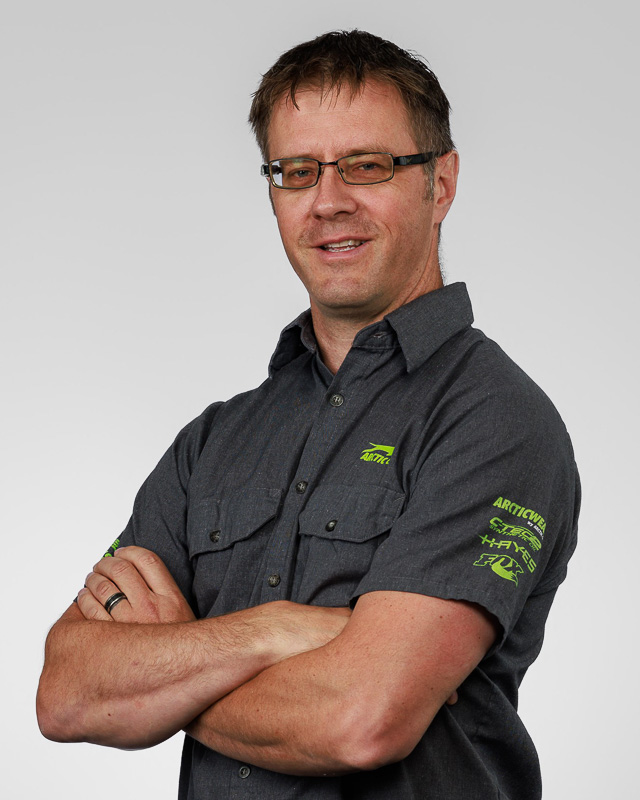
One of the first questions people ask about CATALYST is how long Arctic Cat engineers have been working on the new platform.
Part of that story is that it has only recently become known within the walls of Arctic Cat as Catalyst, since the public naming suggestion period closed and the name was chosen and revealed in early September. Prior to the contest, like all Arctic Cat developments, CATALYST had a code name to help keep the lid on things. We’ve been asked not to reveal that name, but we can say that it was quite fitting!
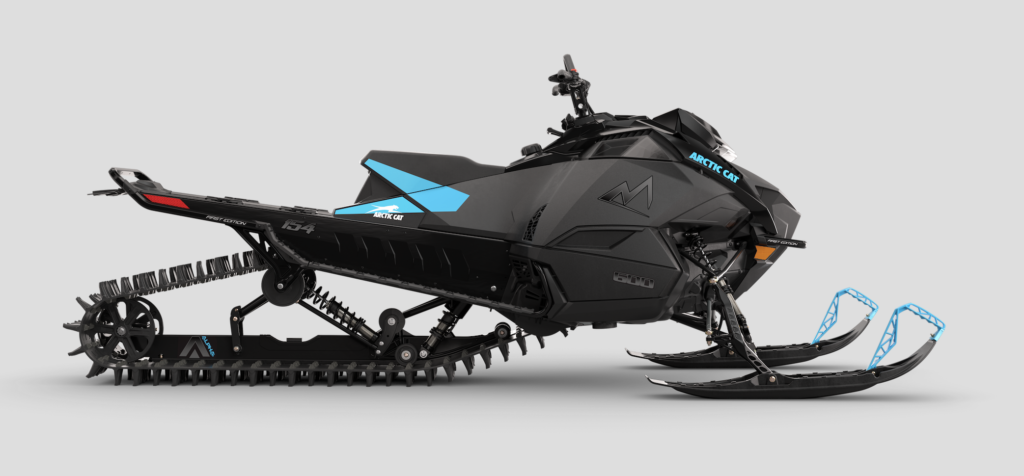
Okay, so how long had Arctic Cat been working on the code-named project before it was officially badged Catalyst and revealed to the world?
Beavis explains that Arctic Cat was testing CATALYST sleds in the current configuration on snow last winter, and even the prior two winters before in earlier prototype form. Some of the systems have been tested on the Ascender platform as far back as five or six years ago. More on that further in the story.
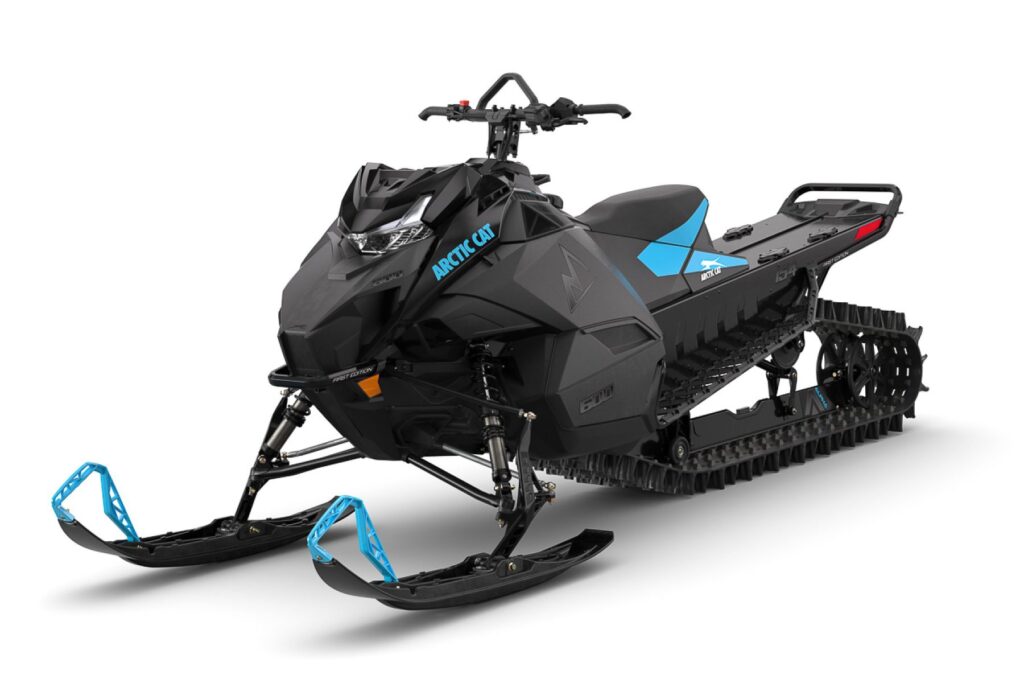
So, the answer is that CATALYST has been in development for several years, and not just on paper, but as a real vehicle on snow for nearly three full seasons now.
By the time we spoke with Beavis in late September, the sleds were getting very close to the finalized product, even though the three CATALYST sleds displayed at Hay Days (one each of mountain, trail and crossover segment sleds) were still in prototype form at the time, he said.
To make the sleds available for display at the ‘Official Start to Winter’, Arctic Cat used a combination of brand new parts, like the tunnels and a-arms, and a number of real test parts that were run last winter, including some of the bodywork that was cleaned up and painted to give a good impression of what the production sleds will look like in finished form.
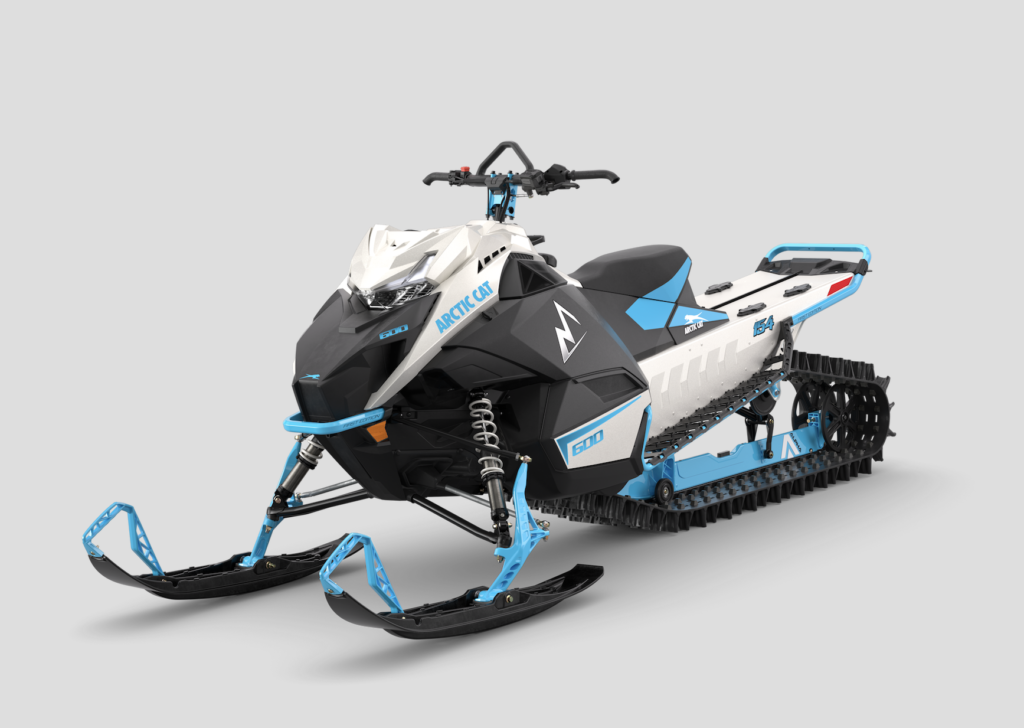
Beavis explains that the tooling for the new platform was actually complete for the most part by the time of our conversation, with just a few small changes still being finalized at the time.
So while the CATALYST sleds were not quite 100% finalized at the time, they were close enough to make a splash at Hay Days with the first physical tease of the new platform.
For early this winter, Arctic Cat plans to have all the parts built so that sleds for marketing, media and engineering purposes will use all production quality parts by that time, in preparation for manufacturing to commence in Thief River Falls when the time comes.
All New Design for Catalyst
People like to say that Arctic Cat mountain sleds have been the same for a decade, but that’s an untrue and unfair conviction.
Over the lifespan of the Arctic Cat Ascender platform (which precedes CATALYST and was first released in 2012), Beavis points out that pretty much everything that could be was either changed or improved upon. Between model years 2012 to 2023, Arctic Cat changed engines, drive systems, suspension, structure, fuel tanks, running boards, controls—you name it. There are very few part numbers or systems that still are in use from 2012. Yet the appearance of the sled was fairly consistent over that span, which surely fueled some of the criticism.
But beyond the customer demand for a new platform, Arctic Cat had another incentive to start from scratch on the platform of the future—one that stemmed from an engineering limitation.
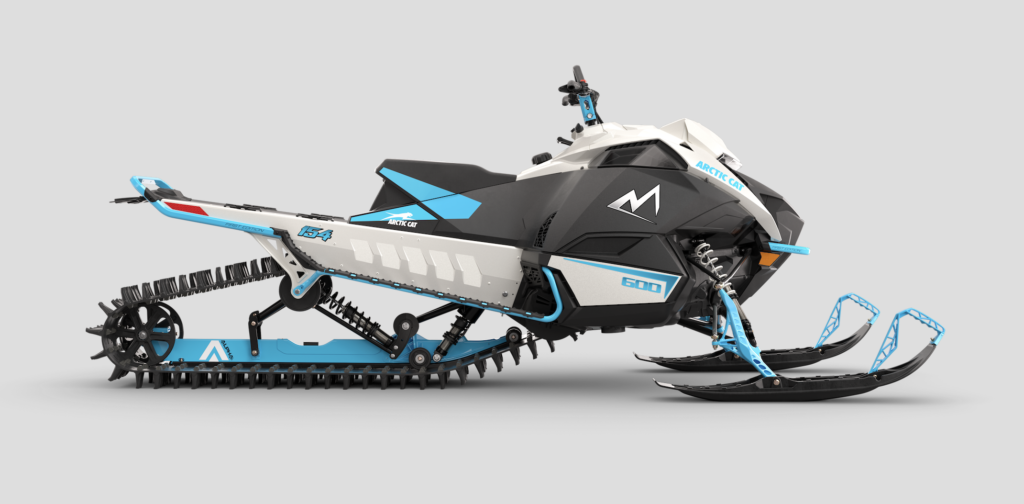
Beavis explains that the Ascender platform was designed from the start to take a wide range of engine packages, given that Arctic Cat was wrapping up its engine supply agreement with Suzuki, developing its own 2-stroke engine, and later, joining forces with Yamaha to implement their 4-stoke powerplants.
Naturally, with such a wide range of powerplants needing to be housed in one package, there were compromises necessary in that early design to make the chassis adaptable to such a range of engine packages at the time.
And since the Arctic Cat engineering team had improved most of the systems in the Ascender platform already, it was time to start all over from the ground up—this time with a focus on a lightweight, mass centralized design housing Arctic Cat’s propriety powertrain systems and drawing heavily on the DNA of Ascender that had already been proven successful.
CATALYST just had to be lighter, tighter, cleaner, with fewer parts and less weight.



Great article with lots of good info.
Sleddermag.com did a great job with this one!
I agree – lots of good information.
The more we learn about the new Catalyst, the more awesome it becomes. Great article!
And the guage mystery has been solved. For now!
I’m beginning to believe there won’t be a 7000
Bummer…
Hey Crnr2Crnr, I wouldn’t loose hope on that idea. I think something could still be in the works, down the road. After the new 880 is out I think they will be working harder on a 130h.p. 4 stroke in house Cat motor.
I have 4500 miles on a,CTEC2 600 and has been a AWSOME mill!! They should bring the 700 back.